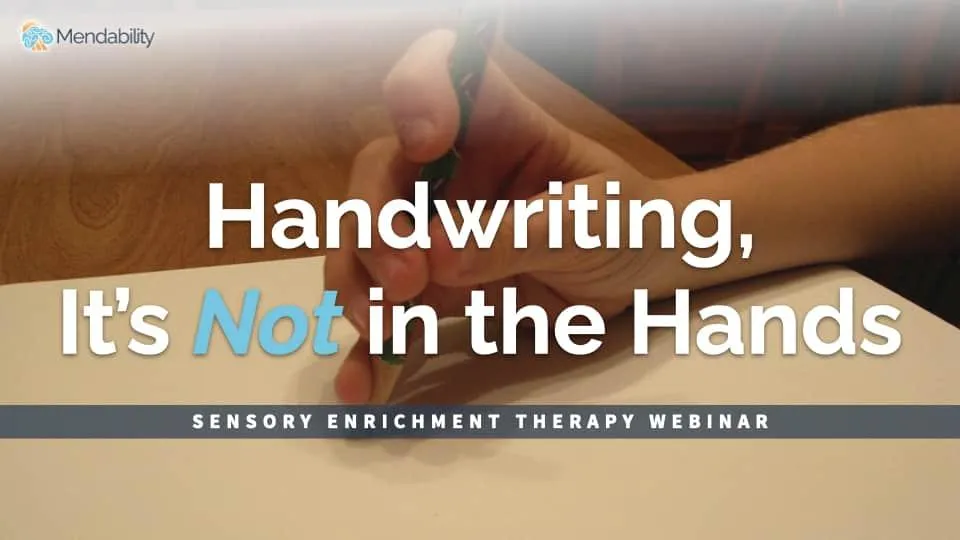
How AAC devices can help build a stress-free communication space
The bridge to better communication: It’s not just about the device
When it comes to helping nonverbal children communicate, many parents feel overwhelmed by the options.
Augmentative and Alternative Communication (AAC) devices often seem like the answer, but using them effectively is another challenge altogether.
Lenora Edwards, a seasoned speech-language pathologist, offers a refreshing perspective: AAC devices are not just tools—they’re bridges to deeper, more meaningful communication.
“AAC devices should never replace human interaction. They’re meant to enhance it, making communication more accessible and less stressful for your child.”
This approach resonates with parents who may have felt frustrated or unsure about integrating technology into their child’s daily life.
Instead of seeing AACs as a last resort, Lenora encourages parents to use them as a consistent part of their routine, fostering trust and building confidence in their children.
Consistency in usage can transform how your child communicates, turning everyday moments into opportunities for connection.
Consistency is everything: How to build a routine that works
Parents often struggle with establishing a consistent routine for their children, especially when dealing with the additional challenges of communication difficulties.
But according to Lenora, consistency is the foundation of successful communication.
When a child knows what to expect, they feel secure.
This is particularly important when integrating AAC devices into daily life.
The key is to make AAC use a regular, expected part of your child’s day—not just something that happens during therapy sessions.
Routine builds trust, and this trust is what leads to breakthroughs in communication.
“Every interaction is an opportunity. Be present, model the behavior, and give your child the time they need to respond.”
Lenora’s advice here is invaluable: rather than pressuring your child to communicate, which often leads to shutdowns, it’s more effective to patiently model the behavior you wish to see.
This patience allows your child to process and respond, making communication feel more natural and less forced.
Beyond the screen: Engaging with your child
One of the biggest misconceptions about AAC devices is that they can replace traditional forms of communication.
Lenora is quick to dispel this myth.
“It’s not just about the device. It’s about how you engage.”
AAC devices are not a substitute for human interaction—they are a support system.
Using them effectively means ensuring that they enhance your child’s ability to connect with you and others, rather than becoming a barrier.
Lenora emphasizes the importance of being present during these interactions.
Every time you use an AAC device with your child, it should be an opportunity to engage, not just to instruct.
Make these moments about connection.
Ask open-ended questions, give your child time to respond, and celebrate their efforts, even if they don’t respond exactly as you’d hoped.
This approach not only reduces frustration but also encourages your child to see communication as a positive experience.
Rethinking AACs: A fresh perspective
If you’ve tried using AAC devices before and felt they weren’t the right fit, Lenora encourages you to reconsider.
When used correctly, AACs can unlock new levels of understanding between you and your child.
It’s not just about having the right tool—it’s about having the right approach.
“Even if AACs haven’t felt right in the past, they deserve another look.”
This perspective challenges the common assumption that AAC devices are only useful for children who are nonverbal.
In reality, these devices can be beneficial at various stages of speech development, offering a bridge to verbal communication while reducing the stress and frustration often associated with speech delays.
—
The power of patience and presence
Lenora’s approach to using AAC devices is grounded in patience and presence.
She advises parents to slow down, give their children time to respond, and celebrate every attempt at communication, no matter how small.
This method is not only effective but also fosters a stronger bond between parent and child.
By focusing on the connection rather than the outcome, parents can create a stress-free communication environment where their child feels supported and understood.
Additional Reading
American Speech-Language-Hearing Association – AAC
Mendability – Sensory Enrichment Therapy
Harvard Health Publishing – The power of routines in child development



